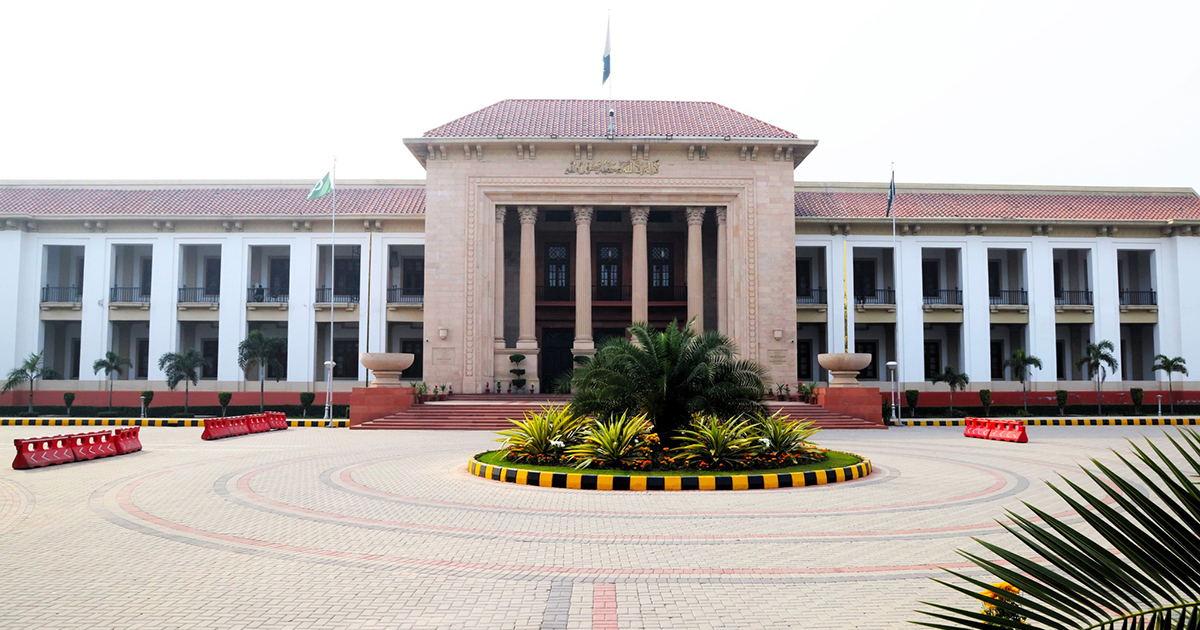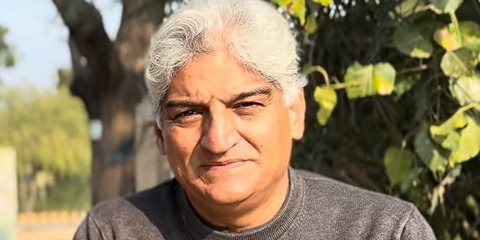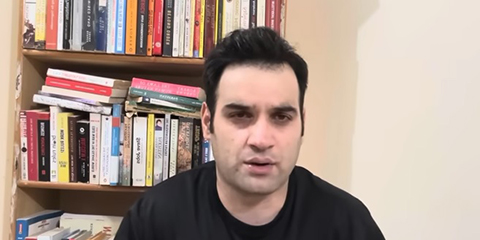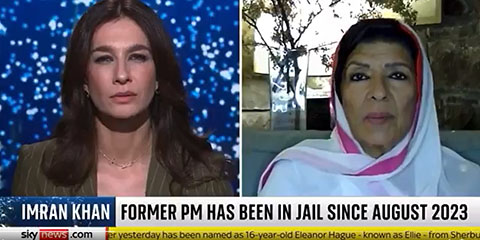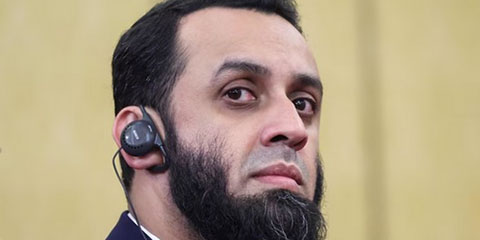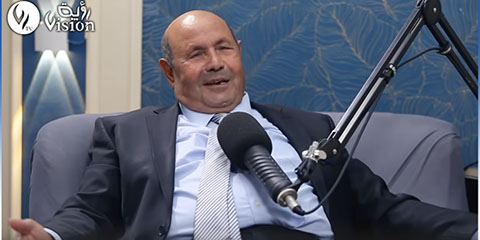Issues critical to people's lives get little space in news media: study
JournalismPakistan.com | Published 5 years ago
Join our WhatsApp channel
ISLAMABAD—Mainstream print and electronic news media in Pakistan seldom give comprehensive coverage to the matters vital to the people's lives, such as health, education, climate change, and gender unless there is a crisis or a controversy, according to a research study.
The study by Society for Alternative Media and Research (SAMAR) was conducted over ten months from February to November 2019. A total of 25 issues were selected for monitoring of the front, back, and the editorial pages of the mainstream Urdu, English and vernacular Pushto and Sindhi newspapers, and one main bulletin and one talk show on selected mainstream and regional TV channels.
The issues selected for monitoring were classified into two categories—people-focused and media-focused. The ten people-focused issues were water, climate change, food security, gender, education/students, labor and peasants, art, culture and literature, science and discovery, and agriculture.
To gauge which issues the print and electronic media were focusing on, a total of 15 issues were selected: Politics/Political parties/Statements, Government, Economy, Foreign Affairs/International, Parliament, Judiciary/Court Cases, Terrorism, Crime, Military, Entertainment, Sports, Advertisement, Energy, Weather, and Other (Specify).
A total of three English, three Urdu, and two regional newspapers, along with the main bulletins and talk shows of 15 TV channels were monitored.
According to the study, there is little space for people-focused issues on the front and back pages of the Urdu, English, Sindhi, and Pushto newspapers. Similarly, these issues also get short air time on TV channels.
Overall in the three English newspapers—Dawn, The News, and The Express Tribune—out of the 12423 news items on the front back and editorials, articles, and the letters to the editor on the opinion pages, only 1757 or 14.1% were regarding the people's issues. Less than 6% of news items on the front-back pages in the mainstream English newspapers were on the people's issues. The people-focused issues only make it to the front-back pages when there is a crisis such as the resurgence of polio cases, dengue, locust attack, or the current COVID-19 pandemic.
Though the front-back pages of the mainstream Urdu newspapers carry a large number of news items, focus on people's issues is scant. Overall out of the 32,129 news items, editorials, articles, and the letters to the editor on the front-back and the editorial pages of Dunya, Nawa-e-Waqt, and Express, only 1960 or 6% were regarding the people's issues. Only 2.81% of the news items on the front pages were on the people's issues. However, on the back page, there was more coverage—out of the total 17554 news items, 1549 or 8.8% were regarding the people's issues.
Similarly, on the front pages of the regional newspapers, only 4.8% or 470 of the total 9306 news items focused on the issues of health, education, gender, art, culture, climate change, water, farming, etc. There was little more space on the back page as 8.27% or 850 news items out of the total 10274 were about the ten issues.
However, focus on the people's issues slightly increases on the editorial pages. During the ten months' monitoring, 10% or 278 out of the total 2753 editorials in the three English dailies were on the people's issues. Similarly, almost one-fifth of the articles (19.6%) discussed the ten issues.
The three Urdu dailies discussed the people's issues in 278 (10%) editorials out of the total 2753 during the ten months. Similarly 12% or 476 articles out of the total 3958 took up issues regarding health, education, gender, food security, culture, language, art, agriculture, etc.
Surprisingly, there was high number of editorials on the people's issues in the Pushto and Sindhi newspapers. Editorials (43.2%) were on the people's issues. However, it seems that the regional dailies, especially those in Pushto, were struggling for generating fresh content. A number of editorials were found to be repeated.
Newspapers' readers want to see their issues discussed in the print. The people-focused issues were most discussed in the letters to the editor in the Urdu, English, and Sindhi newspapers. This section was missing in the monitored Pushto newspapers.
Out of the total 2950 letters to the editors in the three English dailies, 749 (25.3%) were regarding the issues of health, education, gender, food security, agriculture, culture, language, and science and discovery, etc. Out of the total 987 letters to the editor in the Urdu newspapers, 187 or 18.9% were regarding the ten selected issues. The letters to the editor section was missing in the Pushto newspapers while it was irregular in the Sindhi newspapers.
In the main bulletins and the talk shows of the mainstream TV channels, there seems to be little airtime for the issues critical for the people.
In the mainstream TV channels, out of the total 22115 news items included in the main bulletins, only 1570 or 7.09% were regarding the people's issues. In minutes this translates into only 6.91% of the airtime of the news bulletin and the talk shows on the people's issues.
Similarly, on the Sindhi and Pushto TV channels, out of the 18931 news items, only 1500 or 7.91% were about the people's issues. However, the situation is slightly better in terms of airtime allocation with 11.74% of airtime during the bulletins and talk shows given to the people's issues.
The study added the focus of the print and electronic media remains on foreign affairs, international news, politics, statements, political developments, court cases, economy, and the government. The people-focused issues only get space on the front-back pages or a mention in the main bulletin/talk shows when there is a crisis, a scandal, or a clash that leads to the loss of life or property. Talk shows are not inclined to put in extra effort to probe issues related to health, education, climate change, art, literature, food security, etc.
Newspapers do give space to the people-focused issues but on the city and national pages. However, here again most of the stories on the people-focused issues are in the form of reporting of events. These may be seminars, workshops, or launches of reports by NGOs or donor-funded projects.



